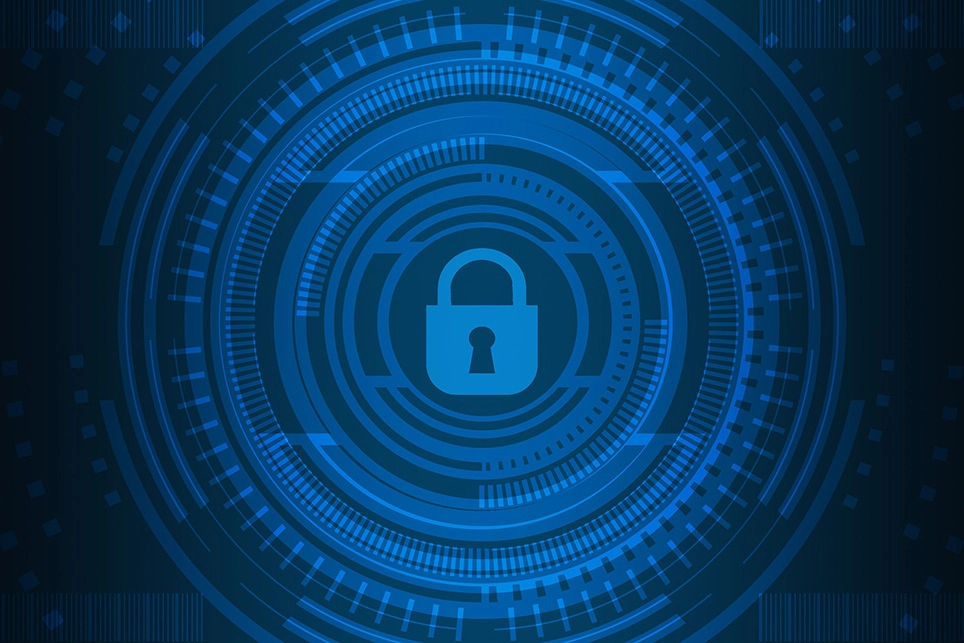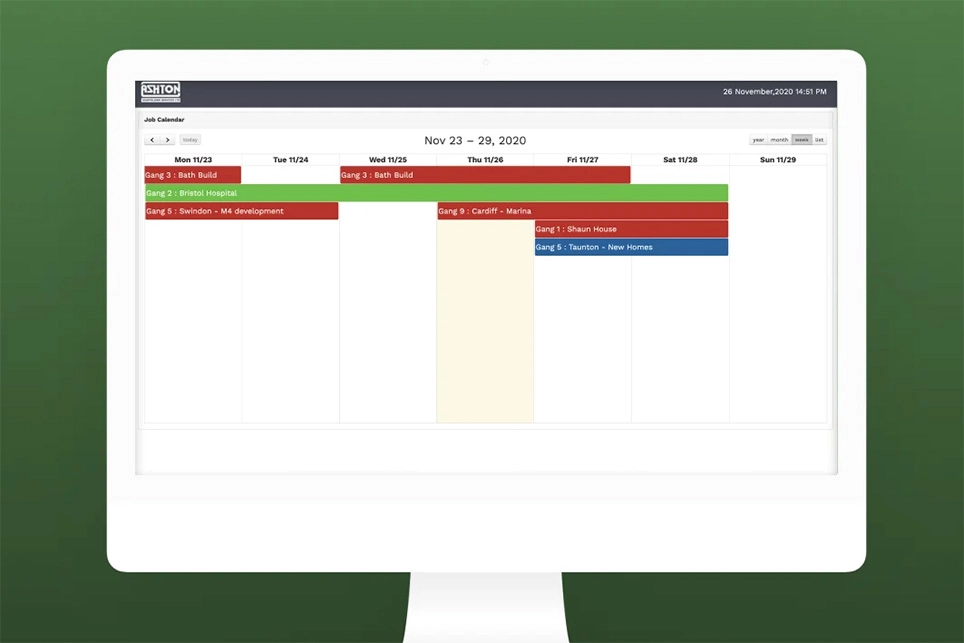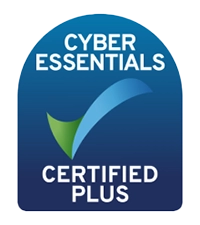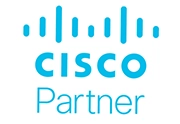Small businesses are just at risk from cyber security threats as large enterprises. A common misconception for small businesses is that your business is too small to be a target, but unfortunately, this is not the case.
As attackers increasingly automate attacks, it’s easy for them to target thousands of businesses at once. Small businesses often have less stringent technological defences in place, less awareness of threats and less time and resource to put into cybersecurity. This makes them an easier target for hackers than bigger organisations.
Even the very smallest business may deal with large sums of money, or have access to huge amounts of customer data, which, under regulations such as GDPR, they are obligated to protect.
All businesses need to consider the reputational damage that if they are hit by a cyber-attack.
All businesses need to be aware of the threats and how to stop them. This article covers the top 5 security threats facing businesses, and how organisations can protect themselves against them.
Phishing Attacks
The biggest, most damaging, and widespread threat facing businesses are phishing attacks. Phishing attacks occur when an attacker pretends to be a trusted contact, and entices a user to click a malicious link, download a malicious file, or give them access to sensitive information, account details or credentials. Phishing accounts for 90% of all breaches that organisations face
Phishing attacks are very difficult to combat as they use social engineering to target humans within a business, rather than targeting technological weaknesses. However, there are technological defences against phishing attacks.
Having strong Email Security like Mimecast or Spam Titan, in place can help prevent phishing emails from reaching your employees inboxes.
Alongside email security, providing security awareness training for your staff, so that they can spot phishing attacks and report them is beneficial. Staff feel less threatened and more aware what to look out for after training.
Malware Attacks
Malware is the second big threat facing businesses. It encompasses a variety of cyber threats such as trojans and viruses. It’s a varied term for malicious code that hackers create to gain access to networks, steal data, or destroy data on computers. Malware usually comes from malicious website downloads, spam emails or from connecting to other infected machines or devices.
These attacks are damaging for businesses because they can cripple devices, which requires expensive repairs or replacements to fix. They can also give attackers a back door to access data, which can put customers and employees at risk.
Malware attacks can be prevented if businesses put strong defences in place. Endpoint Protection solutions protect devices from malware downloads and give IT Administrators a central control panel to manage devices and ensure all users’ security is up to date. Web Security is equally important to have in place to stop users from visiting malicious webpages and downloading malicious software.
Ransomware
Ransomware is one of the most common cyber-attacks and most lucrative, hitting thousands of businesses every year. Ransomware involves encrypting company data so that it cannot be used or accessed, and then forcing the company to pay a ransom to unlock the data. This leaves businesses with a tough choice either pay the ransom, usually involving a large sum of money or cripple their services with loss of their data.
To prevent these attacks, businesses need to have strong Endpoint Protection in place across all business devices. These will help to stop ransomware attacks from being able to effectively encrypt data.
Businesses should consider having an effective cloud back-up solution in place to ensure company data is backed up securely and off premises, helping to mitigate against data loss.
The benefit of having up-to-date data back-up and recovery in place ensures that businesses can recover their data quickly from a ransomware attack and not have to pay a ransom or lose company productivity. This is an important step towards improved cyber-resilience.
Weak Passwords
Using weak or easily guessed passwords is quite common in businesses as employees struggle to find something they will easily remember. Data and financial information can be easily compromised using easily guessed passwords or using the same password for multiple accounts
Implementing multi-factor authentication (MFA) technologies ensure that users need more than just a password to have access to business accounts. Password login would include having multiple verification steps, such as a passcode sent to a mobile device. Having MFA in place helps prevent attackers from accessing business accounts, even if they do correctly guess a password.
Insider Threats
Finally, there is the insider threat where the actions of employees, former employees, business contractors or associates can harm your business by accessing critical company data through greed or malice, or simply through ignorance and carelessness.
As employees have access to multiple company accounts, threats from disgruntled employees are very rea and can cause the company financial damage.
To block insider threats, businesses need to ensure that they have a strong culture of security awareness within their organization and help employees to spot early on when a rogue employee is attempting to compromise company data.
Summary
There are constantly a range of security threats facing businesses and the best way for businesses to protect against them is to have a comprehensive set of security tools in place.
If you are concerned about your business systems and security, find out more about our Cyber Security Services.













